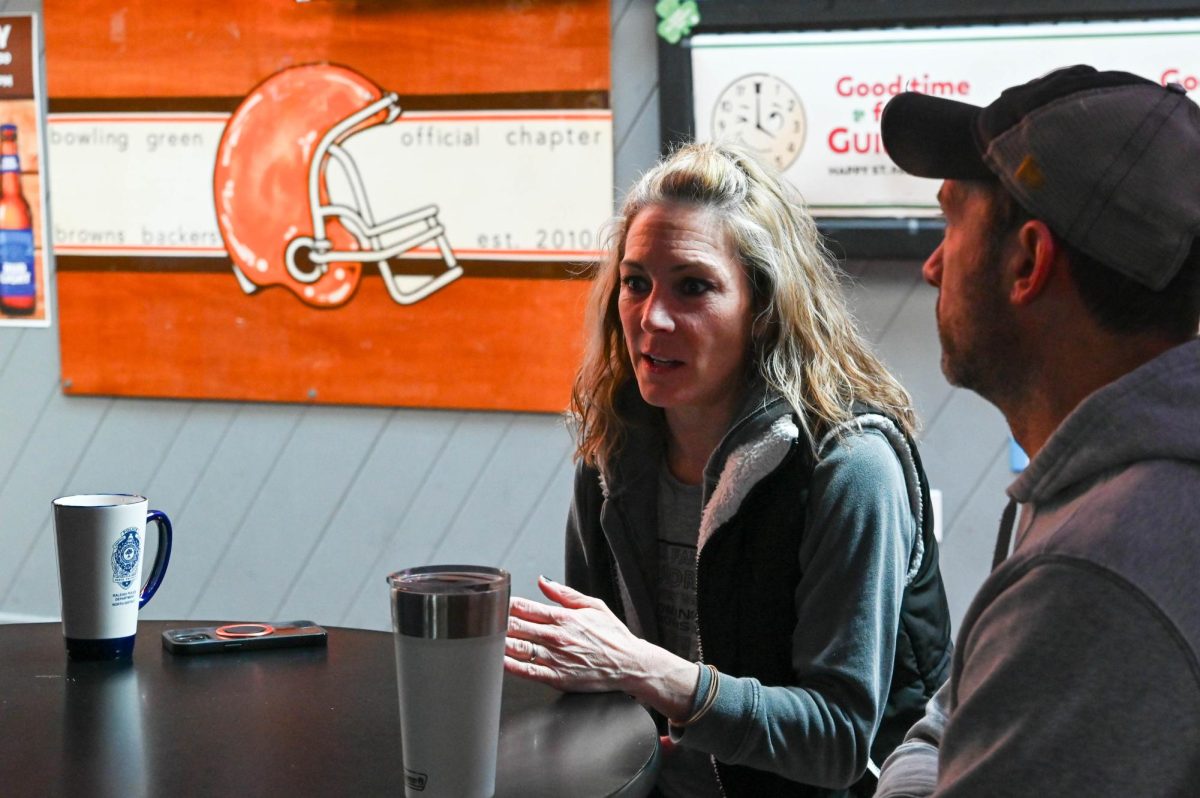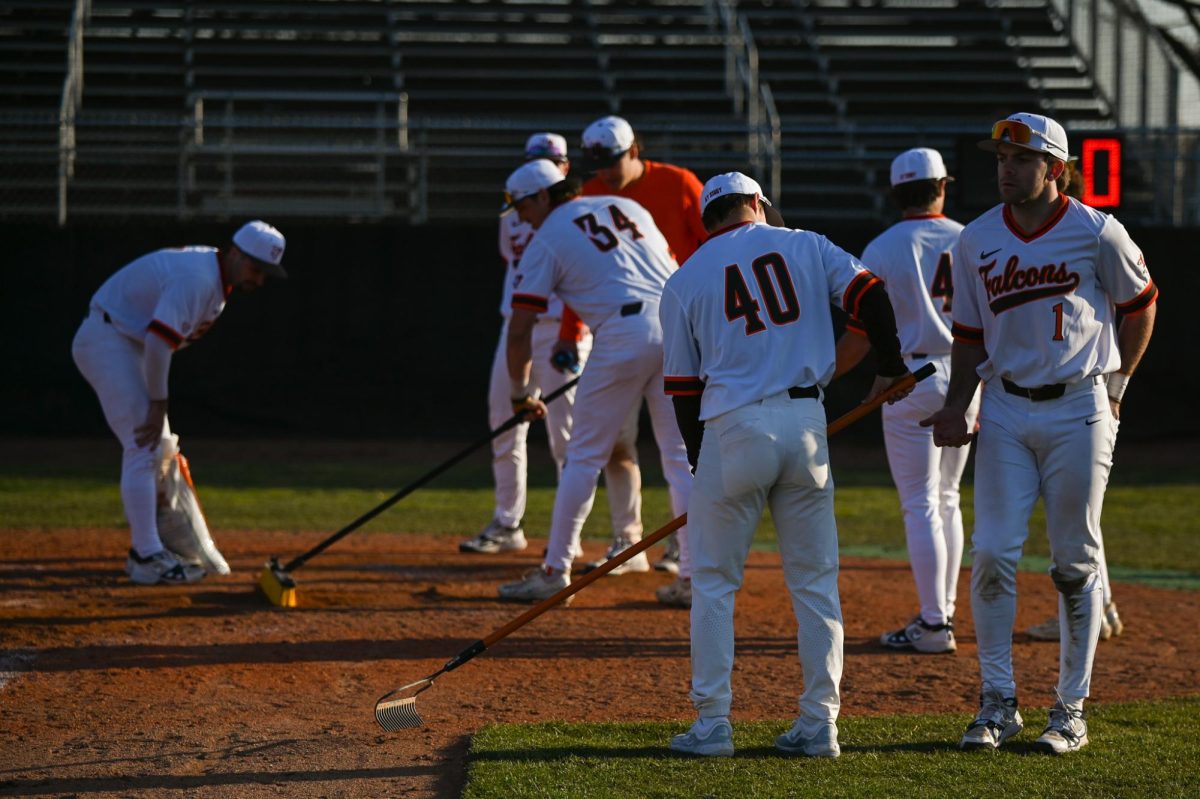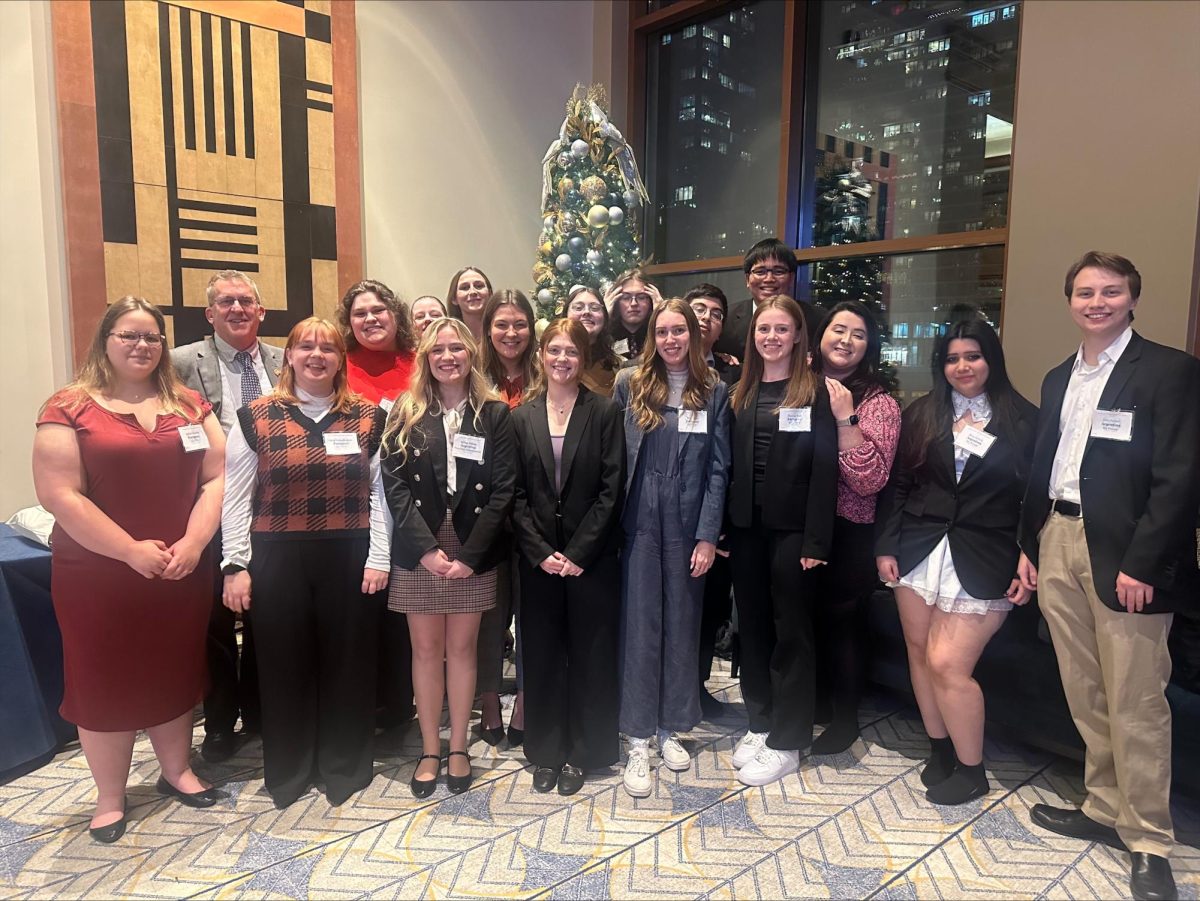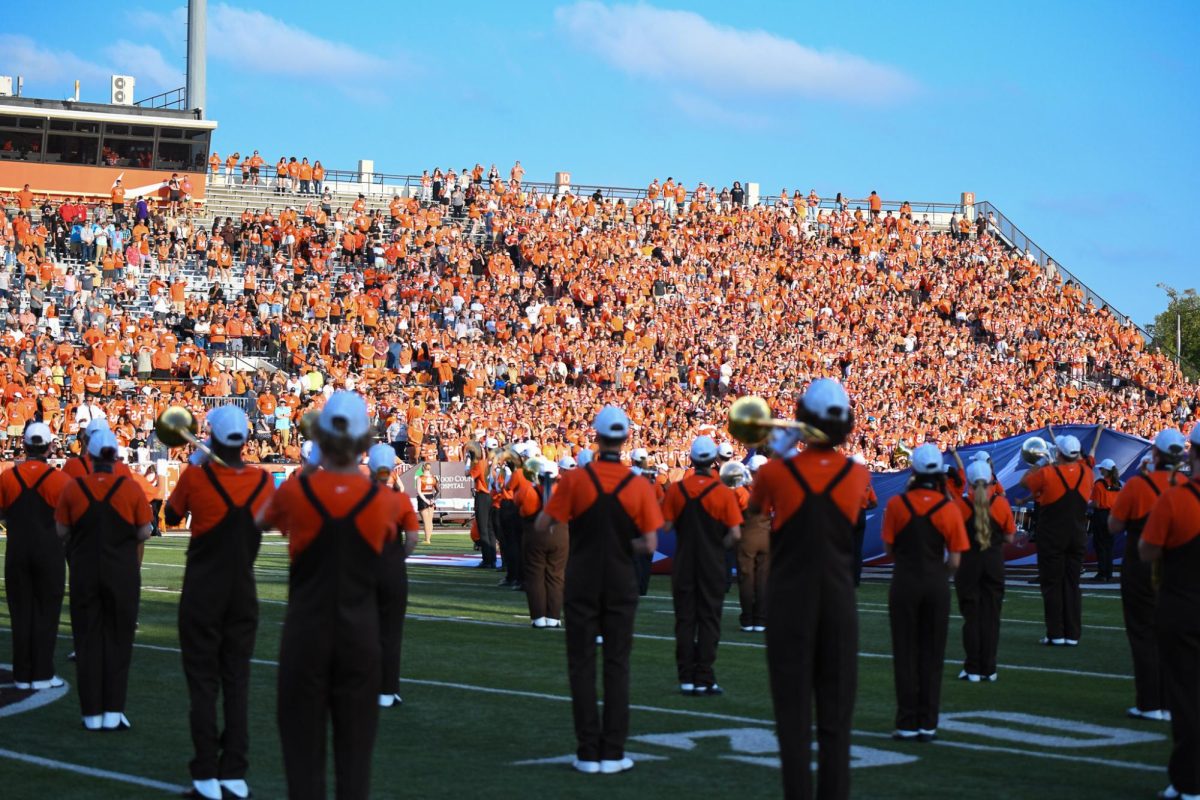This is a David and Goliath story, where the smallest competes with the mightiest and wins. Well specifically, the smallest is currently in third place in an ongoing national contest.
In this case, David is the University’s weather forecasting team, without the benefit of a meteorology program to back them. Their mighty competitors are from larger universities with some of the most notable meteorology programs in the nation, such as M.I.T., the University of Oklahoma and Texas A ‘ M.
More than midway through the national forecasting contest sponsored by Penn State, the University’s team is ranking third out of 36 teams. M.I.T. holds first place with San Jose State University in second.
The University’s team began on the initiative of an exceptional geography student, according to assistant professor Arthur Samel. “I teach a very large number of students in weather and climate, Geography 125, and the class always attracts a fair number who have a greater interest in the weather beyond what 125 actually covers,” Samel said.
Senior Nick Eckstein is one of those students.
“I’ve always been interested in the weather, but when I took Dr. Samel’s class, I knew this is what I wanted to do,” Eckstein said. Through mentoring and tutorials at the University, as well as a student exchange program with the University of Washington, Eckstein has completed all the requirements for a meteorology degree, Samel said. While enrolled in the meteorology program in Washington last year, Eckstein participated in the forecasting contest, but the team was disbanded when four out of six forecasters dropped out.
Disappointed over the fall out, Eckstein asked Samel if he would be interested in setting up a team for his senior year at the University. “Suurre,” Samel replied in a drawn out lilt. The tone suggested a let’s-do-it attitude, with an air of uncertainty about the undertaking, though the competition was stiff.
With Eckstein as team leader, and Samel as a forecaster and academic advisor, the two managed to recruit three additional weather enthusiasts to complete the team. The roster includes brothers Jason and Paul Butke, both seniors, and sophomore Jamie Wilcox.
Each team needs a minimum of five forecasters, but the larger universities have as many as 60 forecasters on a team, according to Eckstein. The contest works by scoring individual forecasts first, which are then averaged out for a team score. Overall, there are 1,033 forecasters enrolled in the contest.
The forecasts consist of maximum temperature, minimum temperature and precipitation. Each team is required to forecast eight out of 13 specified cities for a period of eight days. Among the cities competing are Memphis, Tenn., Buffalo, N.Y. and Seattle, Wash. The next scheduled forecast will begin on Feb. 24 for Cincinnati.
“It’s a good thing, and we’re having fun doing it,” Samel said. Considering that the University does not have a meteorology program, the geography department is taking great interest in the contest, according to geography chair Stephan Chang.
“I’m glad these geography students have found an activity to apply what they learn in class,” Chang said.
“I’m hopeful they’ll place high at the conclusion. The result on the competition reflects the quality of training they’ve received,” Chang said.
The contest will be completed April 17.







